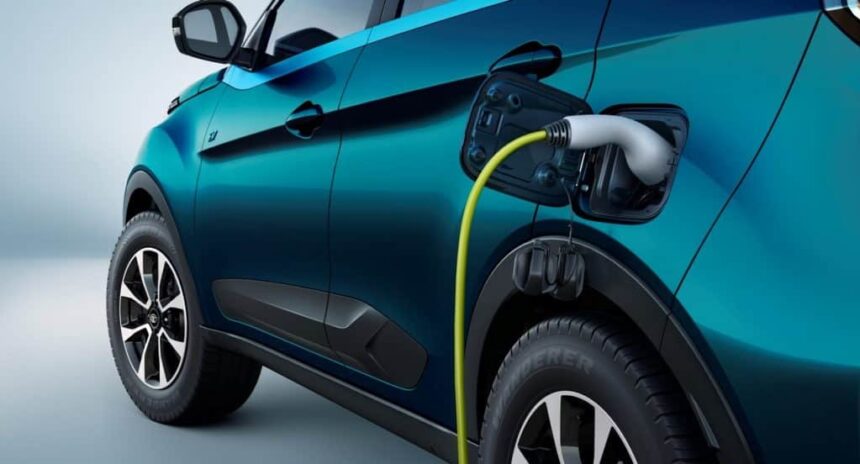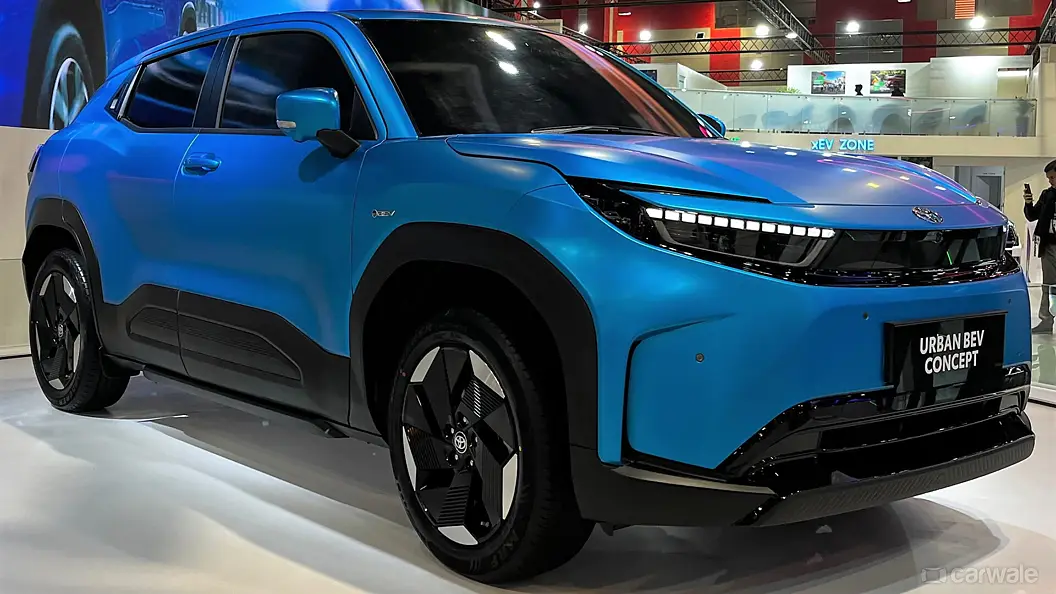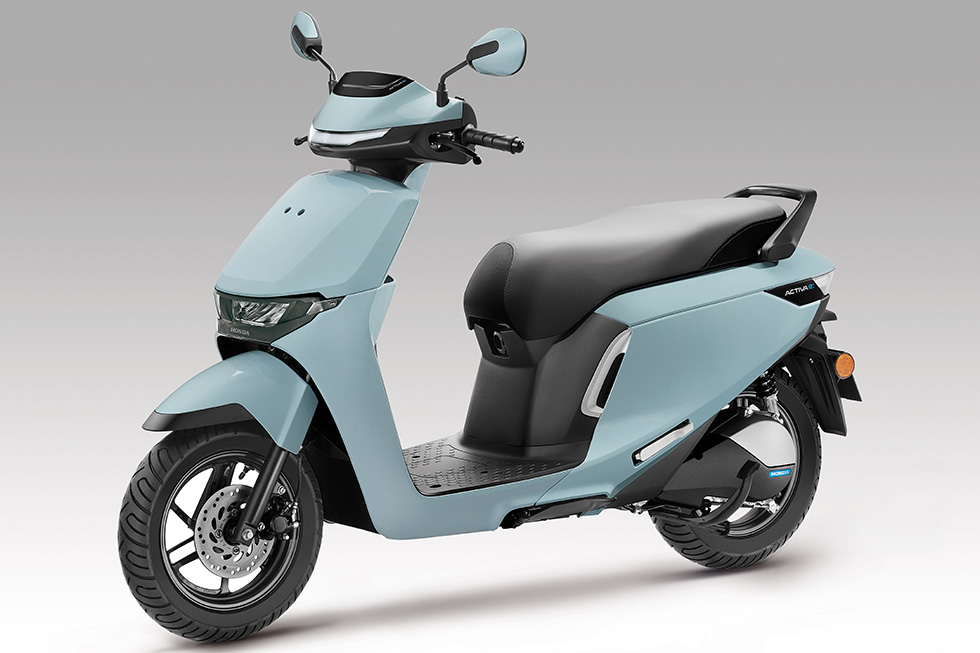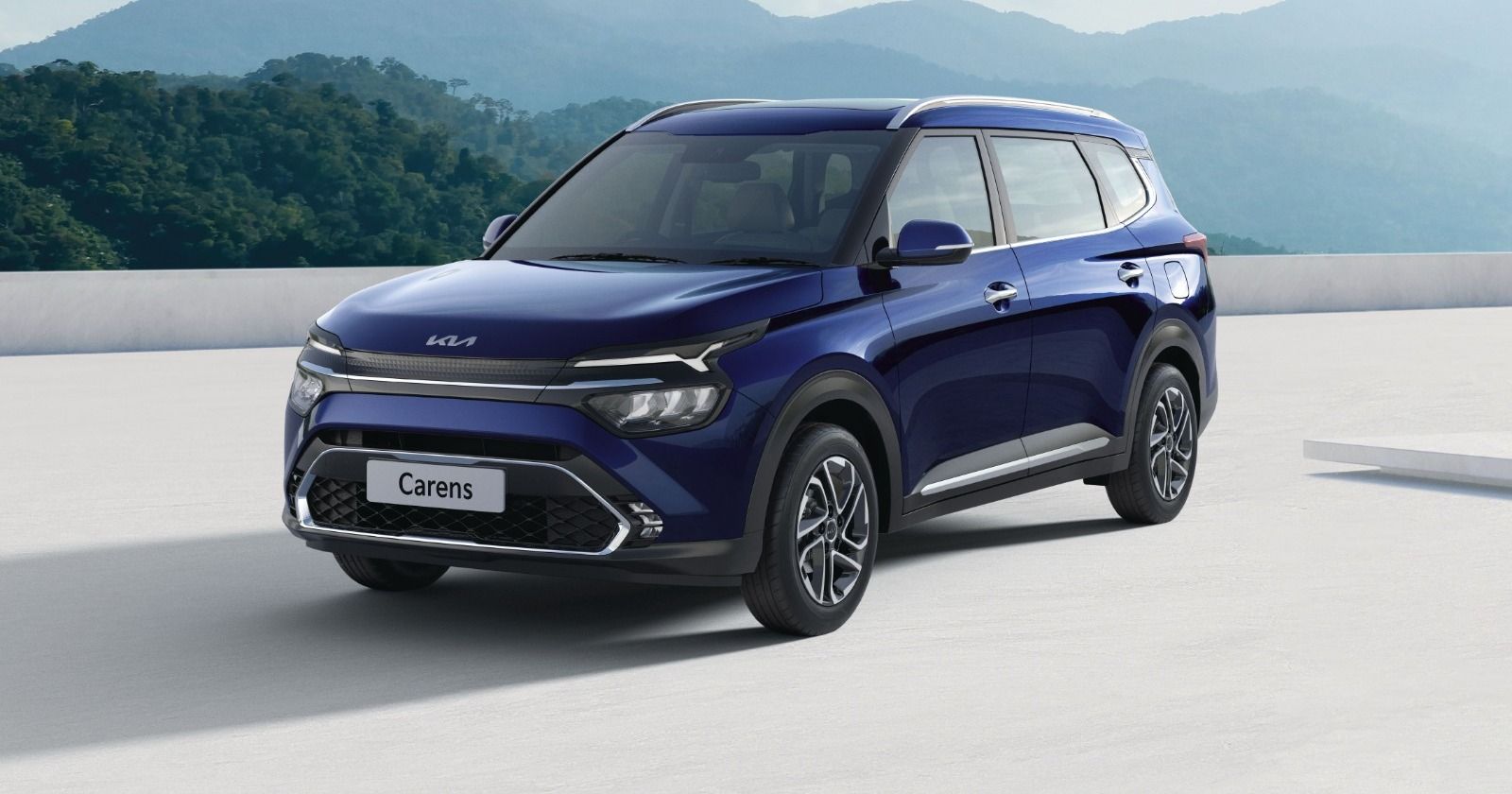Introduction
India is on the brink of a transport revolution—this time, it’s driven by electricity, not petrol. With fuel prices reaching all-time highs, air pollution levels in metropolis cities like Delhi EV portal and Mumbai EV portal, and the specter of climate change looming large, the move towards clean, green mobility is no longer a choice. It’s a necessity.
And that’s where Electric Vehicles (EVs) fit in — quiet, efficient, and emissionless. From a small electric scooter to a luxury electric SUV, the EV portal is fast becoming mainstream. For instance, in metropolitan areas such as Delhi, close to 1 out of every five new cars sold today is electric. The government is promoting aggressively through initiatives such as FAME-II, state incentives, tax concessions, and free-toll passes to urge more people to buy them.
But here’s the twist:
As thrilling as EVs are, their surrounding ecosystem—subsidies, charging points, model approvals, and policies—can seem muddled and dispersed. That’s where EV Portals come in. EV Portals are exclusive web platforms that the central and state governments introduced to enable citizens to make well-informed choices.
They’re like your digital gate to joining the electric age — with real-time information on incentives, charging points, certified EV dealers, and more. If you’re a first-time buyer or an EV startup, these portals make the whole process from curiosity to keys a breeze. So, if you’re curious about how India will navigate towards an electric future — and how you can be a part of it — EV Portals are the smartest first step.
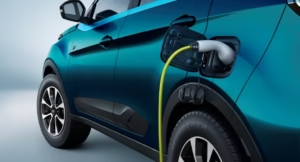
What is an EV Portal?
An EV portal is a specialized online gateway that serves as a virtual portal for all-electric vehicles in India. It’s meant to consolidate key services, data, and tools to ease the EV experience for individuals and businesses. Whether you want to purchase your first electric scooter or a company that needs to electrify its delivery vehicle fleet, the EV portal offers a one-stop location to begin.
The primary mission of these portals is to simplify the electric vehicle world. Rather than navigating various government sites, files, and bureaus, users can log in to one location and discover everything they need—subsidy data, authorized EV models, real-time charging station locations, and even cost-saving comparison tools. These portals fill the gap between policy and actionable, everyday EV choices.
These portals are not only meant for consumers. EV manufacturers and dealers utilize them to register their products, access policy guidelines, and comply with state or central schemes. Companies can apply for fleet incentives, find bulk charging solutions, or take part in EV tenders and infrastructure planning.
Even policymakers and government officials stand to gain from EV portals by employing embedded analytics tools to track adoption rates, subsidy uptake, and regional performance. They also enable policymakers to monitor how effectively policies are being implemented and in which areas additional support is required.
Key Features of the EV Portal
As a first-time buyer or an experienced dealer, these features simplify the experience of discovering, comprehending, and taking action on India’s EV opportunity in one location.
The most helpful of these is the incentive and subsidy calculator. The users can easily verify how much monetary assistance they are eligible for under government schemes such as FAME II (Faster Adoption and Manufacturing of Electric Vehicles) or other state-level EV policies. After providing a few basic details, such as the vehicle type, place, or buyer category, the portal determines the subsidy value, enabling people to plan their purchase of EVs better.
Several EV portals also offer an EV model comparison tool. Customers can compare battery life, price, subsidy benefits, and features of different brands and models, making smarter choices without having to go from dealer to dealer.
There’s also a dealer finder and service center directory, through which users can connect with certified sellers and accepted service partners in their region. This guarantees product genuineness and improved after-purchase support. Together, these features turn EV portals into essential digital tools, simplifying everything from planning and purchase to long-term EV ownership and infrastructure development.
Popular EV Portals in India
India’s drive towards electric mobility is being facilitated by the central and state governments with dedicated EV portals. These sites are made to offer simple access to EV information, incentives, registration tools, and real-time data. Some of the most popular and active EV portals in India today are listed below:
One of the most successful examples is the Delhi EV Portal. The Maharashtra EV portal is not as centralized as Delhi’s; most of the services are integrated into the state government’s transport department site and the MAHADISCOM website for EV charger info.
Entities such as NITI Aayog or research institutions have released several EV comparison tables to inform users about their availability and characteristics in various regions. While these portals are diverse in design and functionality, they together constitute India’s national digital backbone for electric mobility transformation.
How to Use an EV Portal
Employing an EV portal may sound techie in the beginning, but it’s meant to simplify and smarten up your electric ride. Here’s a step-by-step process to help you get the best out of any central or state EV portal:
Step 1: Choose your state or central portal
Depending on your location or need, begin by going to the concerned EV portal.
Step 2: Look for available EV incentives
Once inside, go to the subsidies or incentives section. Here, you can determine the amount of monetary assistance accessible for the EV type you’re interested in—two-wheeler, three-wheeler, or four-wheeler. Portals usually provide calculators wherein you input information such as vehicle type, usage (personal/commercial), and location to fetch a subsidy estimate.
Step 3: Browse approved EV models & dealers
EV models that the government has approved have dealerships and service stations near you.
Step 4: Locate nearby charging stations
Use the built-in charging station locator to search for chargers near your home, workplace, or along your route. Most portals offer filters to find fast or slow chargers, view the charger’s status, and get directions via Google Maps.
Step 5: Apply for subsidies (upload docs, track status)
If you’ve already bought or booked an EV, you can directly apply for your government subsidy through the portal. You need to upload documents such as invoices, vehicle RC, Aadhar cards, etc. Once submitted, you can also check the status of your application in real-time—no need to visit the office.
Step 6: Keep yourself informed about future EV policies or tenders
EV portals usually have a “News” or “Updates” page. Watch out here for fresh policy statements, alterations in the rules on subsidies, business tenders, or fresh schemes for charging stations. Signing up for email alerts or notifications (if available) will mean you won’t miss key developments.
Why EV Portals Matter for Consumers
EV portals are not merely online tools — they’re facilitators of a more intelligent, more sustainable way of life. For a person interested in EVs but not knowing where to begin, the portal provides simple access to all of them, including models available, cost comparisons to run, battery range, environmental factors, and overall savings with subsidies. It makes it less mysterious and makes individuals feel more comfortable in their choices.
Seeking government subsidies, which was previously a time-consuming, documentation-intensive exercise, has become hassle-free and quick through EV portals.
Buyers can apply for benefits online directly, upload papers, and monitor the status without having to set foot in any transport office. This degree of ease makes more individuals go for electric vehicles. In an era of marketing hubbub and uncertain news, EV portals shine as trustworthy guides, offering consumers not only tools but also the confidence to go electric with clarity and ease.
Why EV Portals Are Crucial for Businesses & Startups
EV portals aren’t only for personal buyers—they’re a business revolution for companies, startups, and entrepreneurs working in India’s expanding electric mobility space. From automakers to fleet owners and charging solutions businesses, such online platforms provide the information and analytics to succeed in a rapidly changing, highly policy-sensitized market.
Charging infrastructure companies—one of the most critical building blocks of EV expansion—utilize these portals to submit applications for government incentives, including land use approvals, capital grant subsidies, or electricity tariff concessions. Portals also typically post open tenders and public-private partnership proposals for the installation of public charging points, battery-swapping facilities, or grid integration pilots. Direct access to government programs makes it easier for startups to scale rapidly and selectively.
Logistics providers and fleet operators also stand to gain significantly. EV portals give instant policy advice, assist with bulk subsidy applications, and provide facilities for route planning based on charging infrastructure availability.
Challenges Facing EV Portals in India
EV portals have the potential to advance a greener tomorrow significantly, but they are not without challenges, particularly in a nation as fragmented and digitally lopsided as India. Even if portals do exist and work efficiently, many people don’t know. In the absence of good outreach campaigns or below-the-line promotion, the digital tools fail to touch those who would stand to benefit the most—tiny businesses, farmers, or first-time users of EVs outside metros.
Conclusion
EV portals are not just government portals—they’re the gateway to India’s green mobility revolution. By consolidating critical information, services, and tools in one location, these platforms make the electric journey easy for all, be they curious first-time buyers or big-scale EV companies.
They enable users with convenience, clarity, and transparency, making an otherwise complicated process a seamless digital process. Whether to compute subsidies, locate the nearest charging station, or get the latest on policy developments, EV portals place power in the user’s hands.
As India speeds toward the electric future, these portals will play an even larger role in establishing confidence, promoting adoption, and constructing a greener ecosystem. Electric is the future, and EV portals are your digital driver.
FAQs
- What is Delhi’s official EV portal?
Delhi’s official EV portal is https://ev.delhi.gov.in. It provides details on EV policies, approved vehicles, charging stations, subsidy tracking, and more for Delhi residents.
- How can you claim an EV subsidy online in India?
To apply for an EV subsidy, go to your state’s official EV portal or the dealer from whom you bought the EV (if integrated). Fill in documents such as the invoice, registration certificate (RC), and identity proof. The subsidy amount is either credited to your bank account or deducted at the beginning, based on the policy, once verified.
- Is it possible to find EV charging stations on government websites?
Yes, many state EV portals and central dashboards offer charging station locators with maps, charger types, and real-time availability. For example, Delhi’s EV portal and the Bureau of Energy Efficiency (BEE) provide charging station databases.
- Is there a national EV portal in India?
Yes, the Ministry of Heavy Industries’ National Electric Mobility Dashboard provides centralized data on the progress of FAME II schemes, subsidies, vehicle registrations, and industry facts. It is primarily for policymakers, researchers, and manufacturers.
- Are all EV models subsidizable?
No, any EV model covered under the FAME II scheme or state policy is eligible for a subsidy. These generally comply with specific range, battery capacity, and energy efficiency requirements. Always check the approved list on your state EV portal before purchase.

